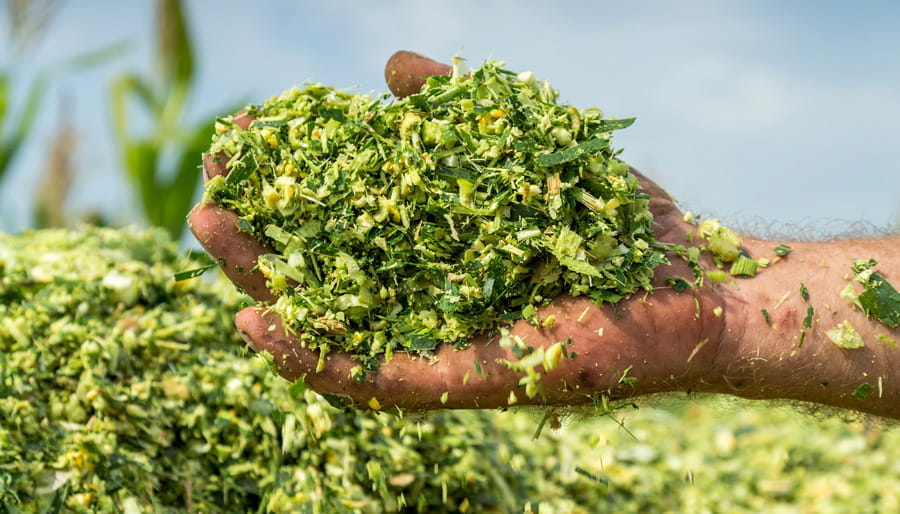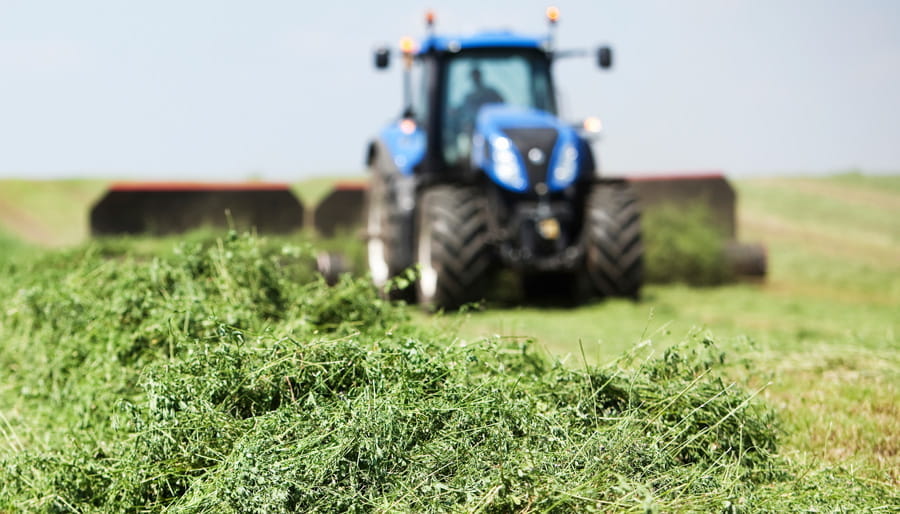Market challenge
Fast and effective ensiling are features determining what a good inoculant is. One of the crucial steps for a successful inoculation process is its fast start. Fermentation is driven by lactic acid bacteria, which produce lactic acid from soluble sugars present in the freshly cut material.
Without the use of an inoculant, the fermentation process happens thanks to bacteria naturally occurring on plants, the epiphytic flora. However, those bacteria may be very limited in numbers and unable to perform as well as those delivered with an inoculant. That’s why to succeed with fast and controlled ensiling, we cannot rely on nature to ensure a rapid drop of pH, as only a fast lowering of pH can stop the unwanted microbial activity of spoilage microorganisms.
To ensure a swift and controlled ensiling process, effective homofermentative lactic acid bacteria are key. A prominent level of lactic acid is a guarantee of a fast pH drop and enough lactic acid must be produced to maintain acidification throughout the entire ensiling process.
Forages are harvested for silage-making only a few times a year. However, to ensure a homogenous and consistent feed quality throughout the entire year, it needs proper, anaerobic (oxygen-free) storage, to keep it from spoiling.
Our solution
Our silage inoculants contain specially selected bacterial strains designed to control fermentation leading to the preservation of the silage quality.



